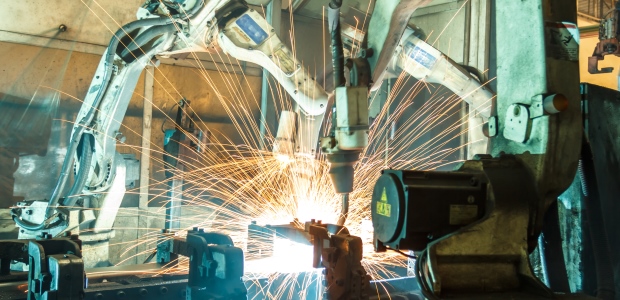
DOL Urged to Better Track Impact of Advanced Technologies
According to officials from the 16 firms GAO interviewed for its report, cost savings and other considerations led them to adopt advanced technologies, despite facing certain risks with the technologies.
In a recent report, the Government Accountability Office (GAO) recommends that the Department of Labor develop ways to use existing or new data collection efforts to identify and systematically track the workforce effects of advanced technologies. According to the report, DOL agreed with the recommendation and plans to identify and recommend data collection options to fill gaps in existing information about how workers and workplaces are affected by new technologies, automation, and artificial intelligence, and DOL will continue coordinating with the Census Bureau on research activities in this area.
Existing federal data provide useful information on the U.S. workforce but don't identify the causes of shifts in employment. As a result, it is difficult to determine whether changes are due to firms adopting advanced technologies, such as artificial intelligence and robots, or other, unrelated factors. GAO analyzed employment trends and characteristics of jobs that selected researchers identified as susceptible to automation, and found that:
- Industries with a greater proportion of jobs susceptible to automation were more likely to have experienced growth in tech jobs (computing, engineering, and mathematics) from 2010 to 2016—possibly an indicator of industries preparing to adopt advanced technologies.
- Occupations susceptible to automation and industries with a greater share of those jobs did not experience meaningfully higher job loss rates in this period, though it may be too soon to observe these effects.
- Certain groups, such as workers with no college education and Hispanic workers, tended to hold jobs susceptible to automation in 2016, so they could be disproportionately affected by changes if they occur.
The report cites collaborative robots as an example of the advanced technology to evaluate. The Census Bureau has started tracking technology adoption and resulting workforce effects in the new Annual Business Survey, which was administered for the first time in June 2018 with significant support from the National Science Foundation, GAO reported, adding that the first survey asked firms about their use of advanced technologies. Initial results will be available in late 2019. When the survey is next administered in summer 2019, Census plans to ask additional questions about firms' motivations for adopting technologies and effects the technologies may have on workers.
According to officials from the 16 firms GAO interviewed, cost savings and other considerations led them to adopt advanced technologies, despite facing certain risks with the technologies. An automotive parts manufacturer, for example, reported it adopted robots to reduce costs by using fewer workers. A door manufacturer reported that it installed two robots to lift heavy doors onto a paint line to reduce the number of worker injuries. A rubber stamp manufacturer said acquiring a robot allowed it to purchase and process raw materials instead of buying precut materials.